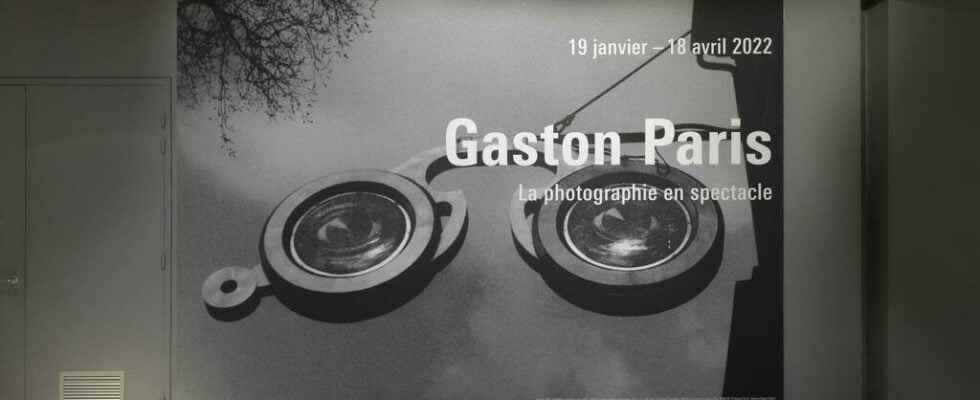The Rendez-vous culture takes us today to discover a photographer reporter whose pictures tell of a pivotal period, that of the 1930s. His name is Gaston Paris. His images were very widely distributed throughout this period in magazines. But his name remains unknown to the general public. It is this injustice that the Center Pompidou in Paris is determined to correct. Until April 18, he presents an exhibition dedicated to his work and entitled “La photographie en spectacle”.
Gaston Paris was one of the most popular photographers of the 1930s. He was in a way the “Monsieur spectacle” of the famous magazine Seen, the first news magazine illustrated by photography. He was also the only salaried photographer. His images were published alongside those of Man Ray or Robert Capa.
His specialty was backstage at shows. Equipped with his Rolleiflex camera, he was able to grasp the Paris of night owls, the world of the circus and cabarets in the 1930s.
Michel Frizot is the co-curator of the exhibition. He is at the origin of this rehabilitation of the photographer. He had gotten his hands on some of his photos, by the greatest chance, about thirty years ago: ” It started very modestly with the discovery of a few prints in the early 1990s, which were moreover anonymous, but which I was later able to attribute to this photographer on whom we had no other reference at the time. »
A cinematic photograph
In addition to the entertainment world, Gaston Paris was interested in a variety of subjects, ranging from the Universal Exhibition of 1937 to the Liberation of Paris, including numerous monuments in the capital. His photo of a worker against the light of the rose window of Notre-Dame de Paris is also a pure masterpiece.
His framing and low-angle views are bold, his blacks and whites superbly contrasted. But above all, this cinema enthusiast approaches photography as a film location and he demonstrates an impressive technique.
” He is a great lighting virtuoso. The contrasts between the white of the dancers’ costumes and the black background, all of that is something he masters very well and which comes across very well in magazines, which are obviously in black and white. »
The emergence of other post-war magazines
After the Second World War, Gaston Paris immortalized the difficulties of the time, with in particular shots of children and destitute families in the suburbs of Paris. But little by little, magazines will call on younger photographers…
” After 1945, no one cares about the magazine anymore Seen and we move on to other things. For example the magazine Paris Matchwhich would become the great post-war magazine, was first published in 1949. »
In the 1950s, only contact sheets and negatives bear witness to the activity of Gaston Paris. The photographer abandoned the profession in 1956, then sank into alcohol. He died a few years later, at the age of 61, and left an impressive number of striking photos to discover, therefore, until mid-April at the Center Pompidou.
►“Photography in Show”to discover at the Center Pompidou until April 18, 2022.
Slideshow: exhibition “Gaston Paris: photography on show”
scope.counterText
scope.legend
scope.counterText
scope.legend
© scope.credits
